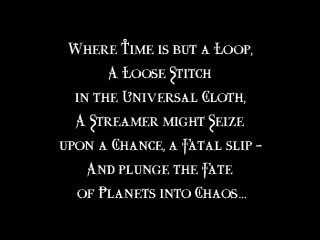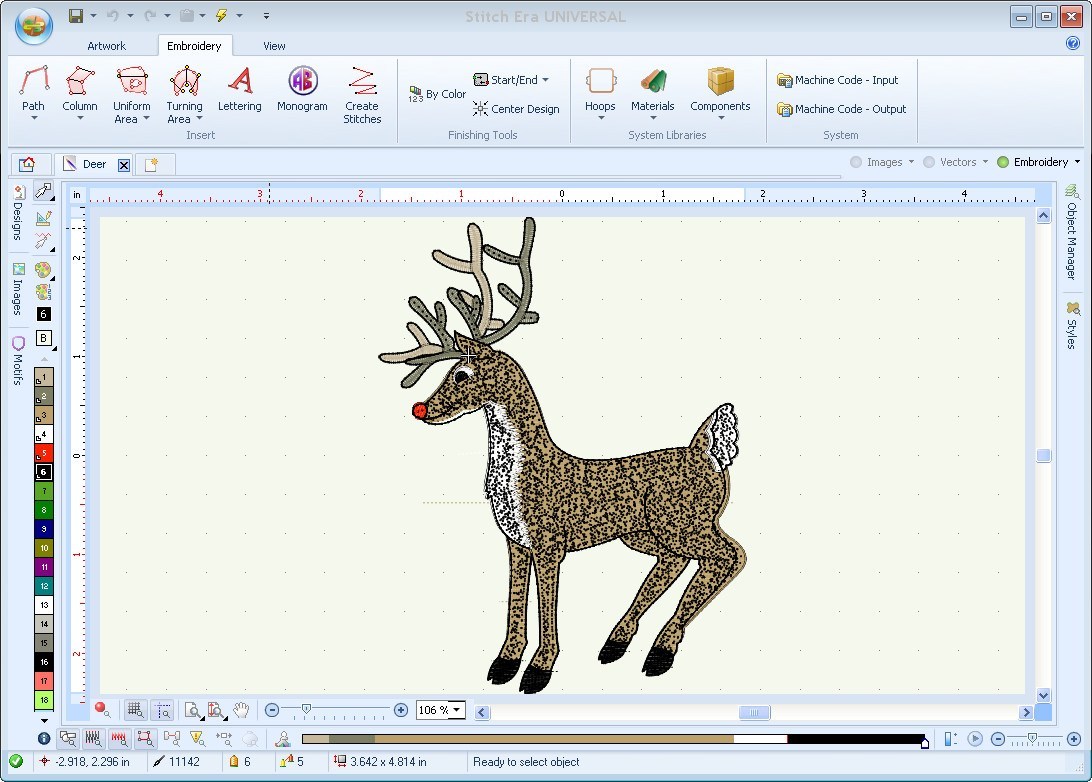

How many genes can make a cell: the minimal-gene-set concept. The minimal cell genome: 'on being the right size'. genitalium, the only two bacterial genomes sequenced at the time). The first attempt to derive a minimal gene-set using a comparative-genomic computational approach (comparing the gene sets of H. A minimal gene set for cellular life derived by comparison of complete bacterial genomes. Comparing genomes in terms of protein structure: surveys of a finite parts list. Molecular Biology of the Cell (Garland Science, New York, 2002). The impact of comparative genomics on our understanding of evolution. The second bacterial genome sequenced, and still the smallest.įraser, C. The minimal gene complement of Mycoplasma genitalium. The first bacterial genome sequenced.įraser, C. Whole-genome random sequencing and assembly of Haemophilus influenzae Rd. The experimental investigation of various versions of the minimal gene-set for cellular life and reconstructed ancestral life-forms might be an important research direction in the second and third decades of the twenty-first century.įleischmann, R. However, arguments have also been made for a more complex LUCA. The gene set of LUCA that is derived in this fashion might resemble the minimal gene-set for a free-living prokaryote.

The parsimony approach suggests that the last universal common ancestor (LUCA) of all extant life forms might have had as few as 500–600 genes. The size and composition of the reconstructed ancestral gene repertoires depend on relative rates of gene loss and horizontal gene-transfer, two phenomena that have been central to microbial evolution. The reconstruction of ancestral life-forms is based on the principle of evolutionary parsimony: the simplest scenario is developed so as to reconcile the observed distribution of genes among species with the species tree.

Therefore, even for the same conditions, there can be many versions of the minimal gene-set. For the most favourable conditions, with all nutrients provided and no environmental stress, computational and experimental approaches agree on 250–300 genes as the size of the minimal set.įor most essential cellular functions, two or more unrelated or distantly related proteins have evolved only ∼60 proteins - primarily those involved in translation and the basic aspects of transcription - are conserved in all cellular life-forms. The minimal gene-set needs to be defined together with the environmental conditions under which these genes are sufficient to support a cell. A minimal set of genes that is necessary and sufficient for sustaining a functional cell can be delineated either by computational comparisons of microbial genomes or experimentally by knocking out genes in simple microbes.


 0 kommentar(er)
0 kommentar(er)
